Note: This website was automatically translated, so some terms or nuances may not be completely accurate.
All Japan Para Powerlifting Championships Top athletes compete in arm strength
The Japan Para Powerlifting Federation (JPPF) held the IPC (International Paralympic Committee) officially recognized "17th All Japan Para Powerlifting Championships" on December 3rd at Nippon Sport Science University's Setagaya Campus in Tokyo. This event marked a new beginning for the 2020 Tokyo Paralympics. Perhaps reflecting the recent surge in interest in para sports, 40 athletes participated, including members of the Japanese team that competed in Rio. This represents approximately double last year's participation and is the highest number of participants ever.
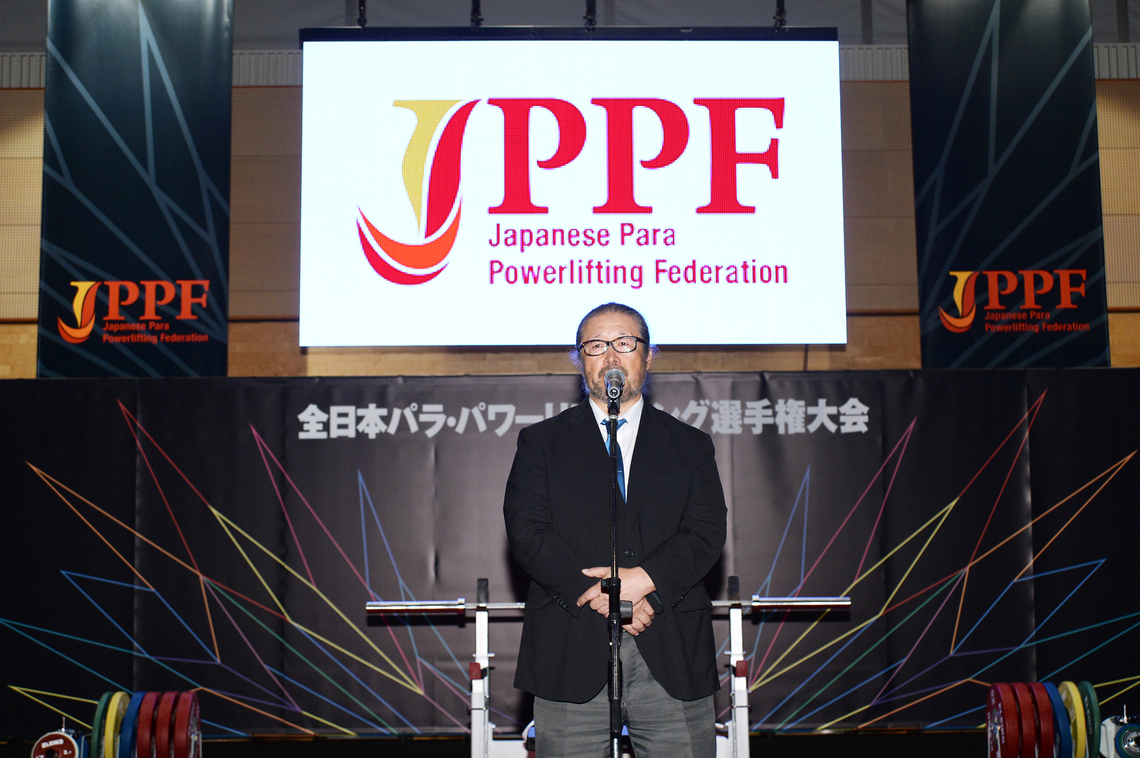
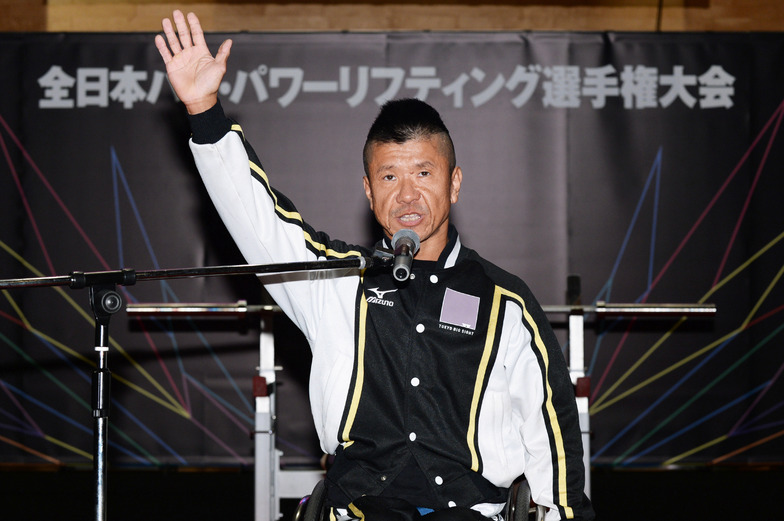
This event, which became an official sport at the 1964 Tokyo Paralympics, is bench press for athletes with lower limb impairments. Athletes lift the barbell using their highly developed upper bodies, competing for rankings divided by gender and weight class. Globally, the heaviest weight class athletes lift approximately 300 kilograms, a record that surpasses that of able-bodied athletes under nearly identical conditions.
The competition sees each athlete take turns attempting lifts on the bench press platform. Each athlete gets three attempts, but must attempt heavier weights with each subsequent attempt. If an athlete fails their first attempt, they cannot reduce the weight for their second attempt. Therefore, accurately assessing one's own condition and strategic maneuvering against rivals are crucial elements.
Upon the referee's signal to begin, the athlete lowers the bar to their chest, pauses briefly with the bar resting firmly on the chest, then pushes the bar upward with balanced force from both arms until fully extended. The lift is considered successful if two or more of the three referees judge it to be so.



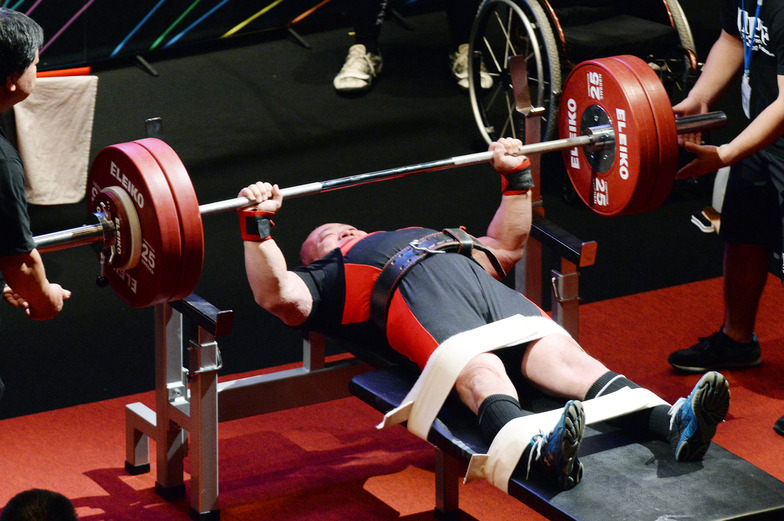
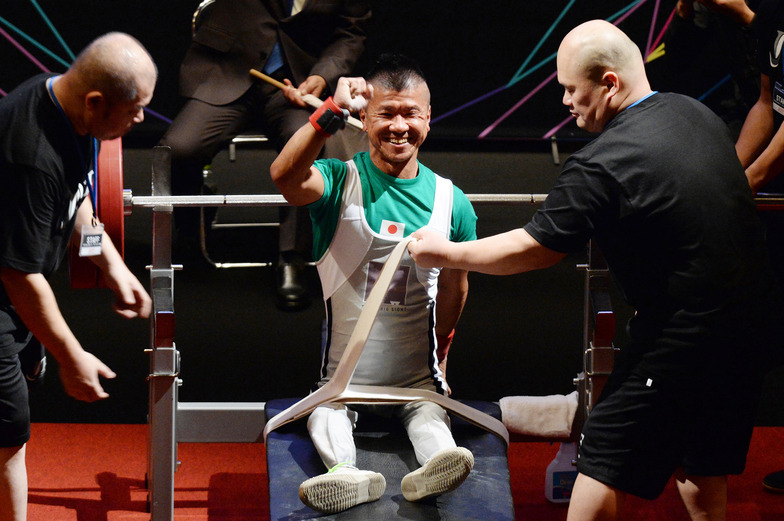
Just before the attempt, athletes build concentration by vocalizing their determination or performing unique routines. The audience watches with bated breath, but as the athlete begins pushing the bar, cheers like "It's going up!" and "Go!" surge forth. Upon success, they exhale in relief, and applause and cheers fill the venue, carrying a sense of shared accomplishment as if they had pushed alongside the athlete.
In the women's division, Miwa Naruke (41kg class), competing in her first tournament, successfully lifted a Japanese record 38kg. Eri Yamamoto (55kg class), with only six months of competition experience, also set a new Japanese record by lifting 49kg.
In the men's 49kg class, Rio Paralympics 5th-place finisher Hiroshi Miura won the title. Top athletes like Tetsuo Nishizaki (54kg class), Yoshitaka Sano (72kg class), Makoto Mashima (97kg class), and Katsuhito Nakatsuji (107kg class) also achieved strong results, including new Japanese records. Additionally, Kazuki Okuyama (59kg class) and Taiji Matsuzaki (107kg+ class), competing in the junior division, also set new Japanese records.
At the venue, large monitors displayed the athletes' expressions. Alongside live commentary, JPPF Chairman Susumu Yoshida himself provided analysis, aiming to make the event accessible even to beginners. Chairman Yoshida concluded his address stating, "I believe the tension of each athlete came through. We will continue to innovate and strive to make this an exciting event to watch."
JPPF Official Website:
http://www.phouse.jp/jppf/


Most Valuable Players: Hiromi Kobayashi and Nakatsuji
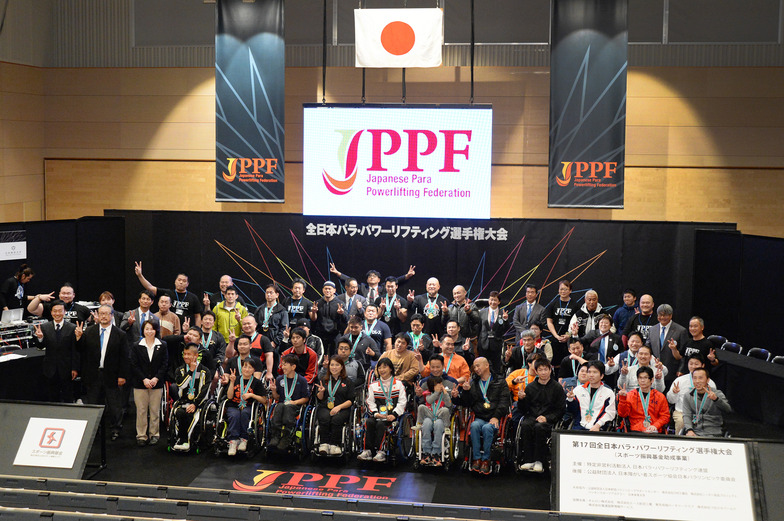
Was this article helpful?